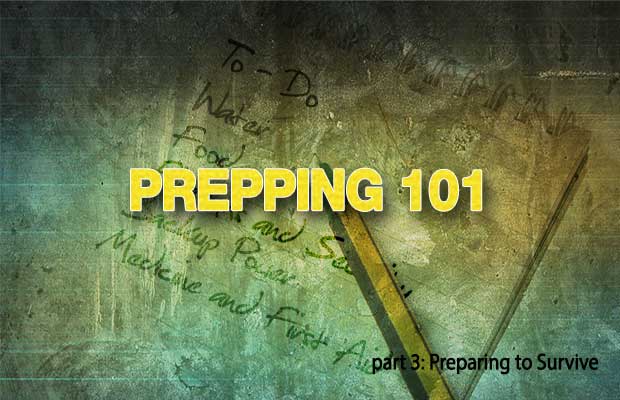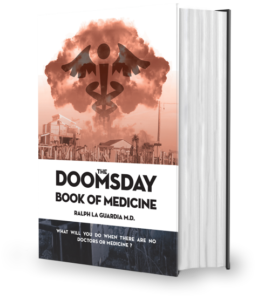Prepping 101 – A Step By Step Plan for How to Get Started Prepping
I have been asked before by friends how I got started with prepping. It seems the concept can be pretty daunting at first for some people. I can understand how it is when you start to think of the literally hundreds of important items that you need to consider for your family. My first list of “needs” took up an entire sheet of paper. On first glance, this undertaking can appear to be a giant behemoth and some people throw their hands up immediately and give in. I have heard excuses from not having enough money to not knowing where to start. While I agree that some prepper items require money (sometimes a lot!) often there are alternatives to spending a ton of money, but knowing where to start should never be an issue.
The uncertainty of knowing where to begin prepping could stem from the motivation that is driving you toward emergency preparedness. If your desire to be prepared is driven by some external threat that seems real and tangible like living in Tornado Alley, the starting point might be easier to find. If the motivation to be more prepared is due to what I would call common sense; which is telling you to be prepared for anything, the sense of urgency being lower in some cases might make the choices about where to start and what to do more complex.
In this article, which will be broken into a few different parts, I will try to lay out what I consider is a basic guideline for how to start prepping with a list of areas that I have placed in order of importance. This is just an example of one methodology, but your personal needs, resources or experience might shuffle some of these around. This list was designed for the perspective of the person who is brand spanking new to prepping and is looking for a template of sorts they can follow to get their homes prepared for most emergency situations listed above (within reason). This does not address bugging out but is designed primarily for sheltering in place. My wife loves lists and something like this breaks everything into nice little chunks that is easier to digest and then she can cross off one at a time, so this type of list is designed for people like her.
Step 1 – Priorities
First things first, before you do anything it is important to understand a few things. This is also known as “So you want to be prepared, now what?” For me, it started with a gut feeling for lack of a better word back in 2008. I have said before that I believe someone was trying to get my attention so I started to listen. There was no driving natural threat like earthquakes or hurricanes, wildfires or mudslides that prompted me. I do not worry about the poles shifting too much or aliens attacking from planet Niburu (look that one up) but I did have a sense that society as we know it now is too fragile. Within this fragile society we are dependent upon systems and processes that are created to address the problem of Just in Time inventory management and if those systems break down, so does society. When society breaks down, so do people. When people break down, all hell breaks loose. As Gerald Celente says; “(when) People Lose Everything, They Have Nothing Left to Lose, And They Lose It.”
The example that gets used pretty frequently is natural disasters so I will stick with that for a moment. Looking back at Hurricane Sandy or Hurricane Katrina, the people in both of those situations saw how quickly society could come crashing down. In both Katrina and Sandy, gas shortages, grocery stores wiped clean and looting happened almost overnight. Power outages, of course, happened right away and within 24 hours people’s lives were turned upside down.
Now, imagine your family and what you would be faced with if you were in a similar situation. But I don’t live anywhere near the ocean you say. OK, now forget about tornadoes earthquakes, fires, nuclear meltdowns, comets with aliens living in them and all of the other natural disasters. What if there is a major fluctuation with the price of gas and the grocery stores are no longer filled by the trucks that drive down the street every day? What if the trucks were rolling, but with the high price of gas, they were only able to come half as often as they were in the past? What if there is a terrorist attack at the port of Los Angeles and shipments are delayed for months? What if there is a stupid basketball game that doesn’t go right and there is rioting on your street? What if the police declare martial law because a bad guy is running around and they prevent you from going out of your house for days or weeks?
The point I am trying to make is that there shouldn’t be one single reason you are preparing for. You should want to be prepared for anything. The chances of any single event happening to you are too small, but the chance of something happening at all that could disrupt your life is much higher. To understand what you need to be prepared for, think less about the event that could cause disruption and more about the potential for disruption and what you would need to live comfortably through that disruption.
Water is easy to store now and it will be there when you need it. These containers stack to reduce storage needs.
There is a saying called the rule of 3’s and it goes like this. A person can live 3 minutes without air, 3 hours without shelter, 3 days without water and 3 weeks without food. We will use these as a guideline for prepping going forward. In some cases, the rule of threes can drive what you need to focus on.
Step 2 – Water
Assuming for a minute that you can breathe and have or can obtain shelter easily we will skip over to water. Water is an obvious necessity, it is probably the easiest survival item to procure before any disaster and yet most people still don’t have enough of it to last the normal duration of what we might call your “usual” disaster. Without trying to be funny, a normal disaster is not measured in hours or days. At a minimum, if you are faced with a severe emergency like a tornado, hurricane or earthquake, services and life as you knew it probably won’t return to normal for several weeks. To verify this just look at the people who lived through Katrina and Sandy. There are people still that can’t go back into their homes and this happened back in October of 2012. At the time of this writing, that is 7 months ago and Sandy was only a Category 1 hurricane. Imagine the destruction had it been much stronger.
A good rule of thumb for water storage is to have one gallon per person per day. This includes cooking and cleaning, but that amount could change depending on the weather, the health of the individual and the physical activity they are participating. Still, one gallon is a good rule and it is simple to figure out. I like nice round numbers.
For every person in your home, you should plan on storing a gallon each for as many days as you can envision needing clean water. FEMA recommends 72 hours’ worth or three days. The general concept is that you need a 72 hour kit for each person for survival. I think that in order to be well prepared a minimum should be three times that amount. For a 4 person home, you would need to store 4 X 9 = 36 gallons of water. That is a great start, but having twice as much that would be even better. Twice as much would be closer to 21 days which works out nicely with your 3 weeks of food so now for that same family we are looking at 84 gallons of water.
For water storage, the problem is space for most people. If you have a large basement or storage building, storing a couple of hundred gallons of extra water is easy. In an apartment, this is not the same because you will usually only have a small closet and some pantry space if you are lucky. Regardless of your situation, water is an essential aspect of planning and should be one of the first items you consider for your survival kit.
For storing water, it is easier and more space-efficient to store at least 5-gallon jugs of water as opposed to a case of individual bottles. There are plenty of relatively inexpensive options at your local big-box stores or online. Just search for 5-gallon water storage and you will have plenty to choose from. For those with more space, 50-gallon barrels are ideal. Because I don’t have the storage space I incorporated two 50 gallon barrels as rain barrels outside attached to my gutters. This water will need to be treated, but if it rains I can have a fresh 100 gallons fairly easily. For inside the house, I went with 5-gallon because that made the most sense for our available space. We got ours from the Ready store and they stack easily which helps with space.
The bottom line is getting some water stored for yourself and your family. It’s easy and doesn’t take any preparation at all.
You can read more about storage and water treatment options in our article that deals specifically with water.
Later on in Part 2 we will discuss the rest of the basic options which will cover Food Storage, Firearms for Self Defense and Financial Security.
I have been asked before by friends how I got started with prepping. It seems the concept can be pretty daunting at first for some people. I can understand how

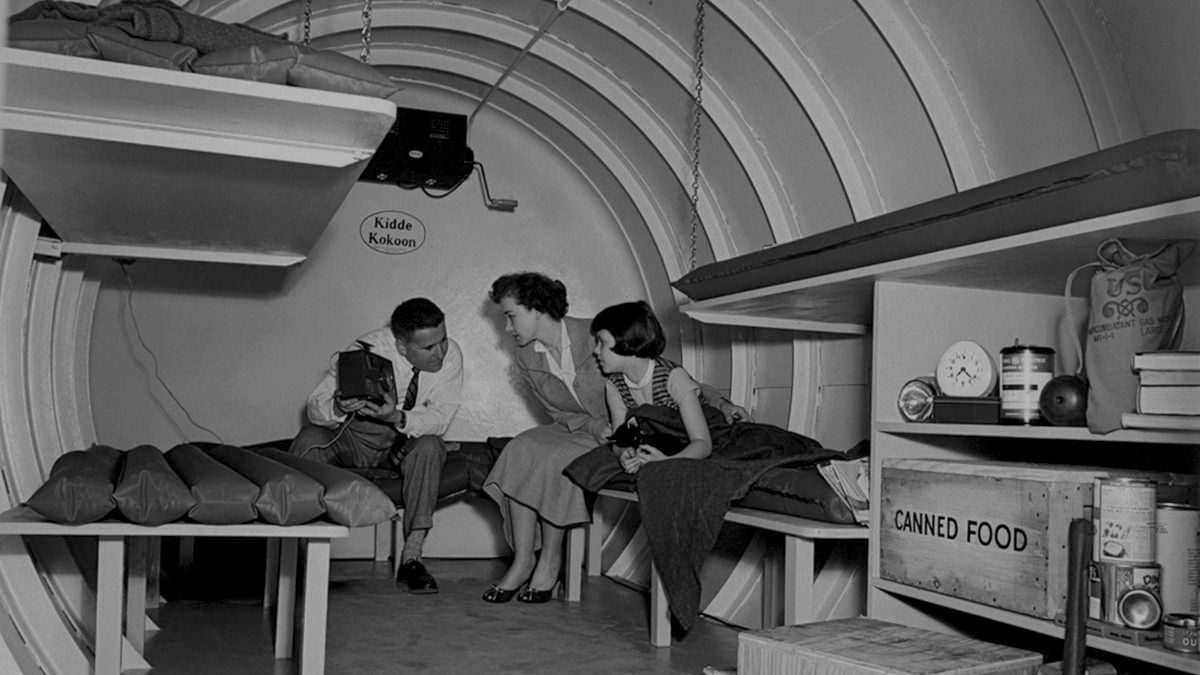




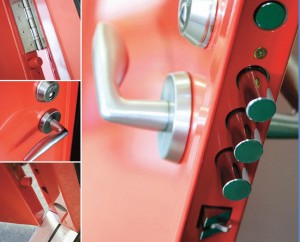 The stronger the door, the safer you will be.
The stronger the door, the safer you will be.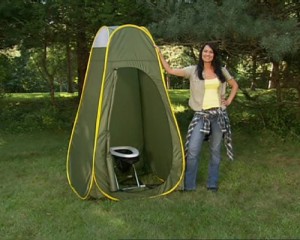 Fancy Port-A-Potty
Fancy Port-A-Potty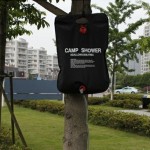 Shower in a bag.
Shower in a bag.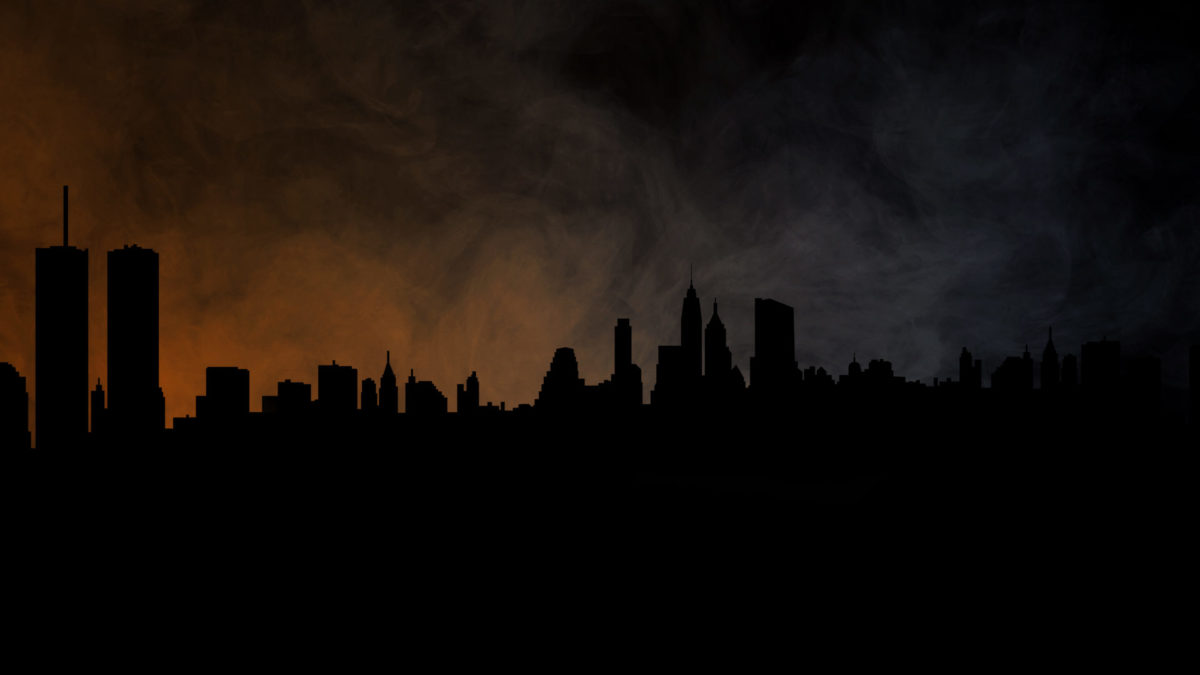
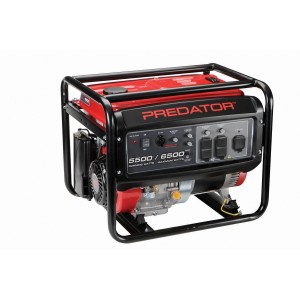 Generators come in a wide variety of styles, power outputs and fuel choices. It isn’t uncommon to see generators fly off the shelves at the first sign of a major storm or immediately after a disaster. I have heard of unscrupulous people buying all of the generators at your local big box store and selling them for 4 times as much on the street to desperate individuals. I am all for capitalism, but you don’t want to be on the receiving end of this entrepreneurial spirit when I really need power.
Generators come in a wide variety of styles, power outputs and fuel choices. It isn’t uncommon to see generators fly off the shelves at the first sign of a major storm or immediately after a disaster. I have heard of unscrupulous people buying all of the generators at your local big box store and selling them for 4 times as much on the street to desperate individuals. I am all for capitalism, but you don’t want to be on the receiving end of this entrepreneurial spirit when I really need power.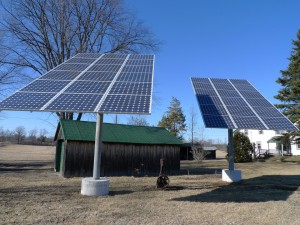 Awesome Solar Panel set up!
Awesome Solar Panel set up!